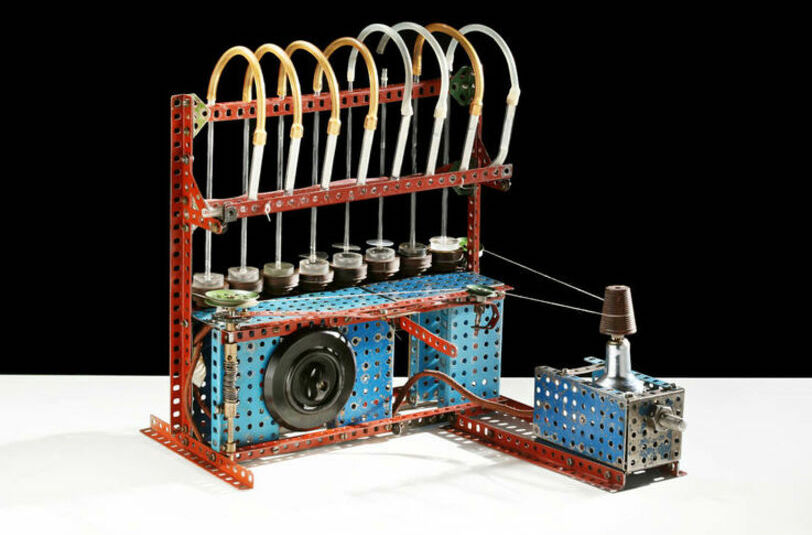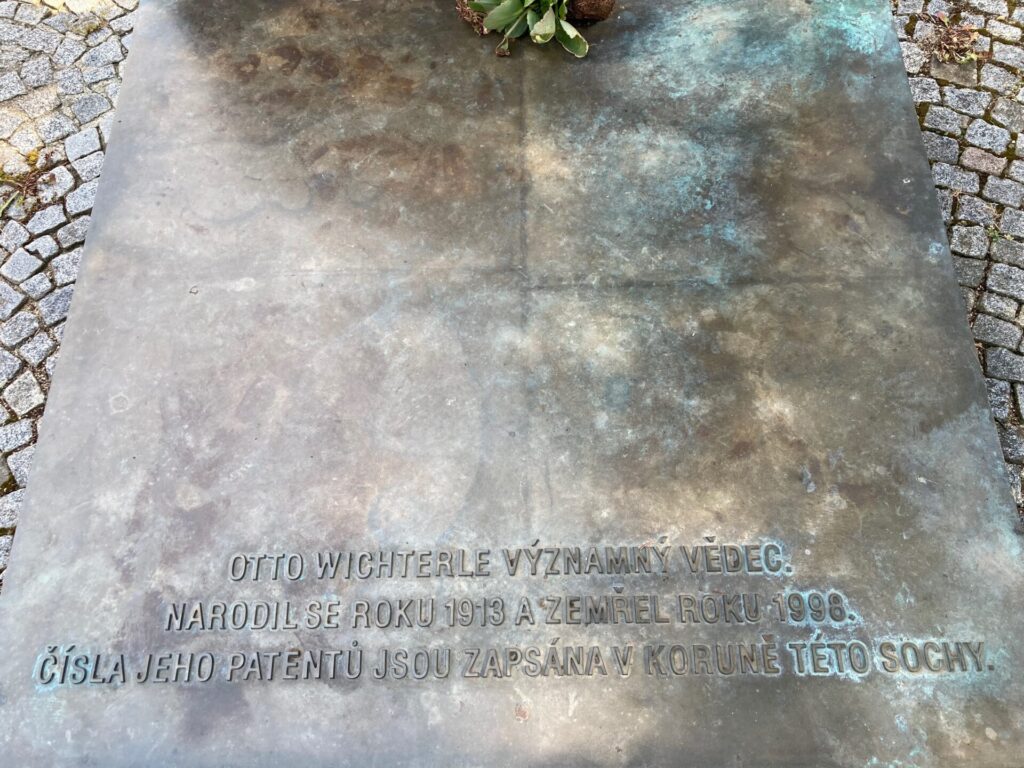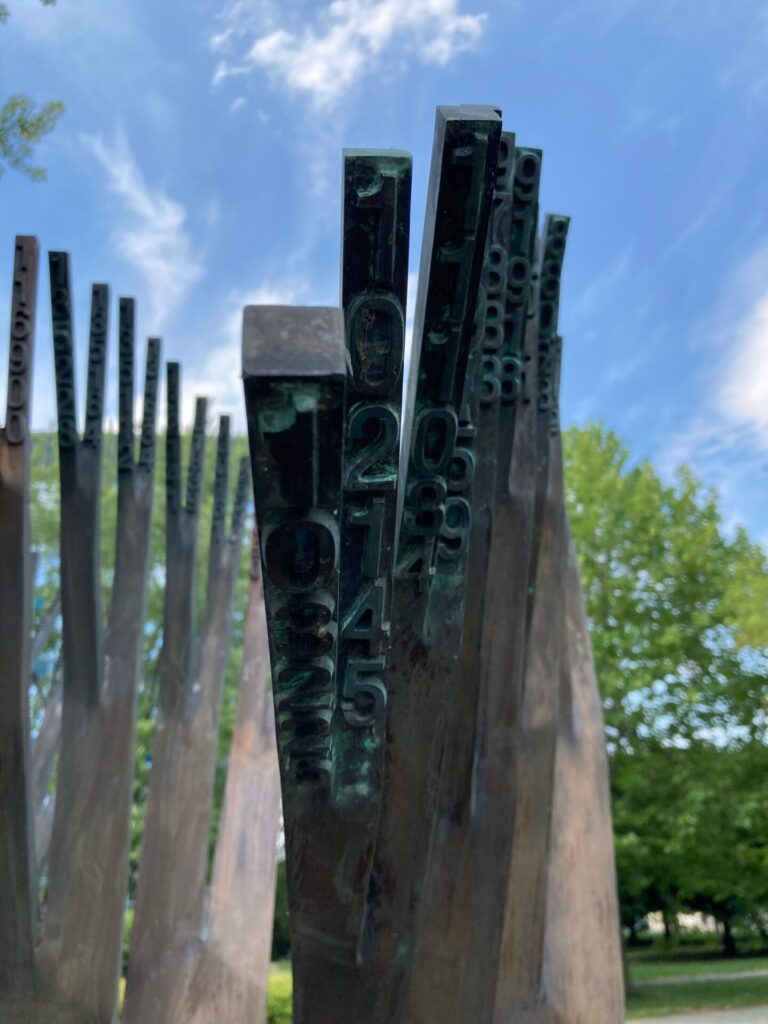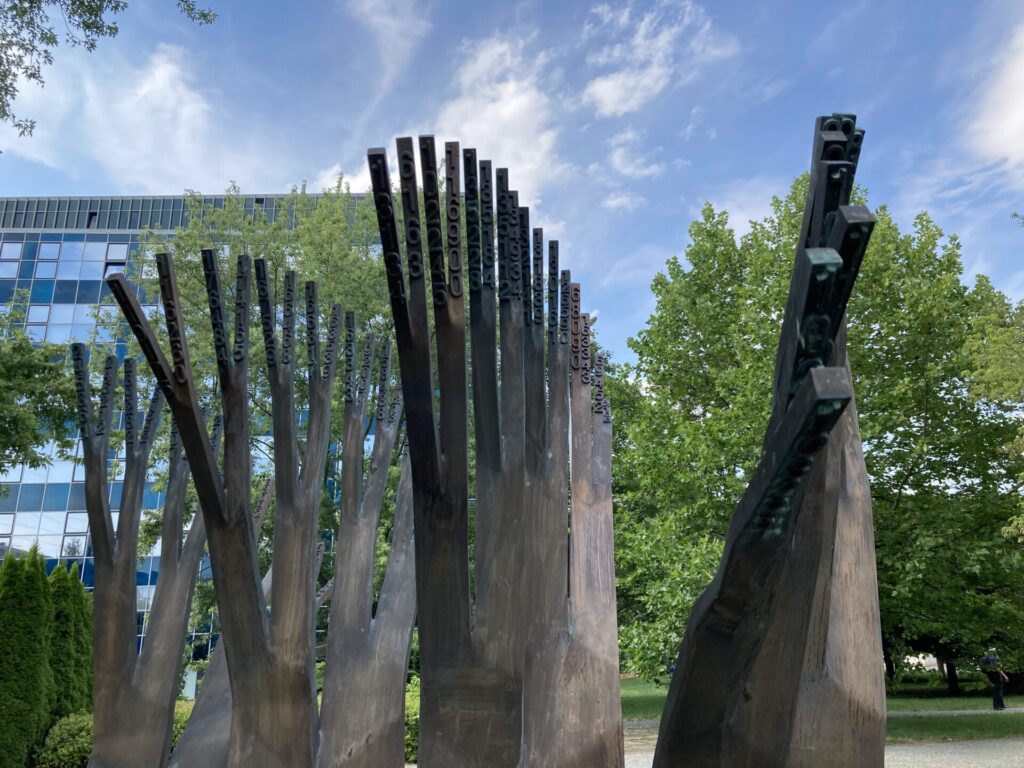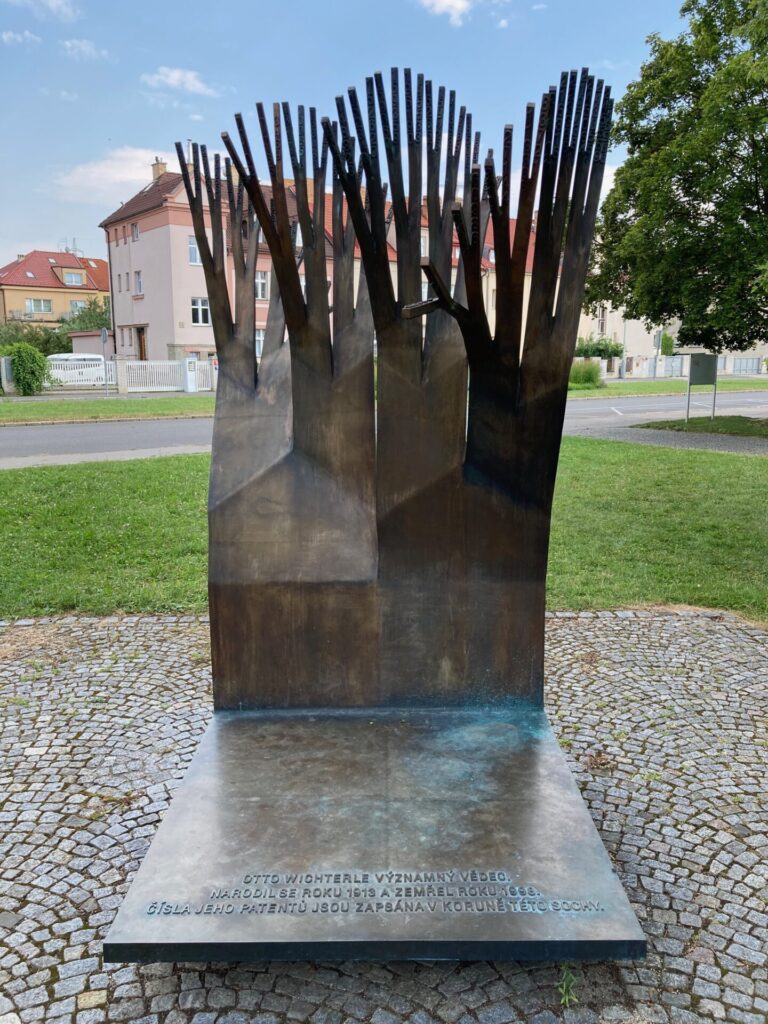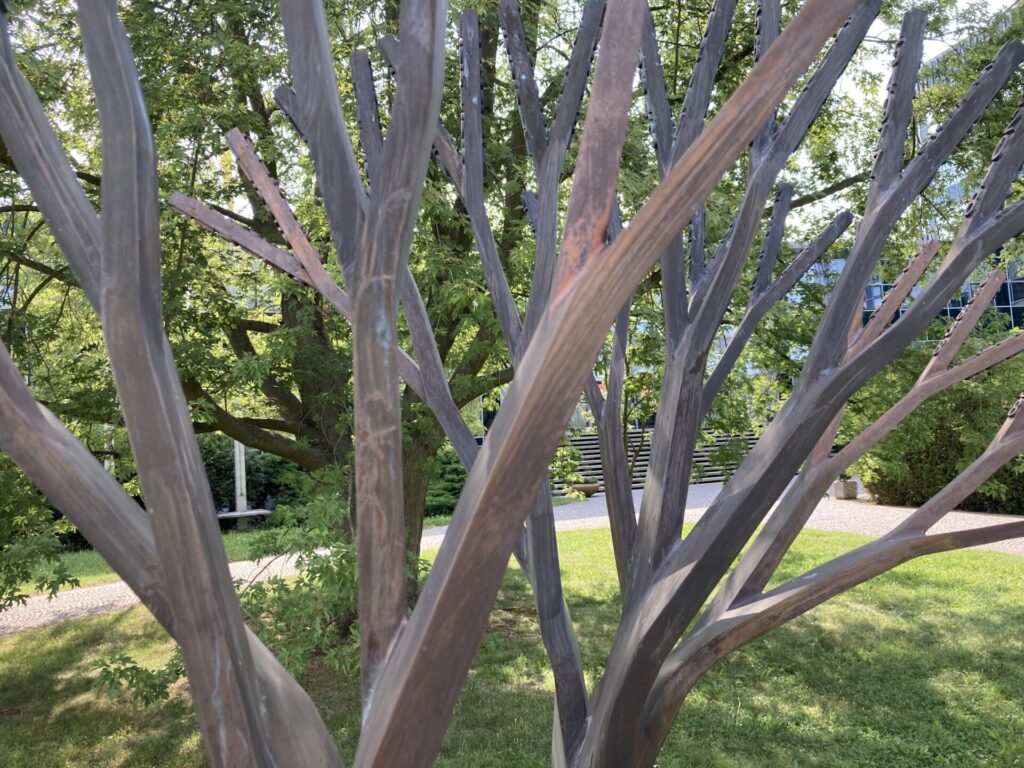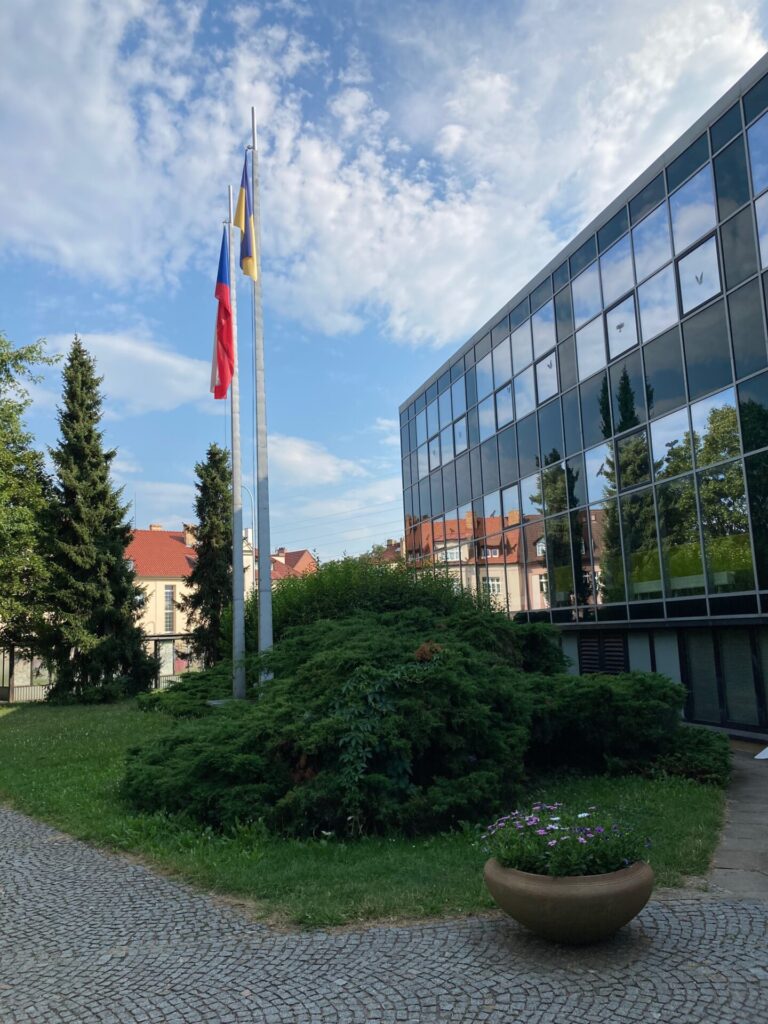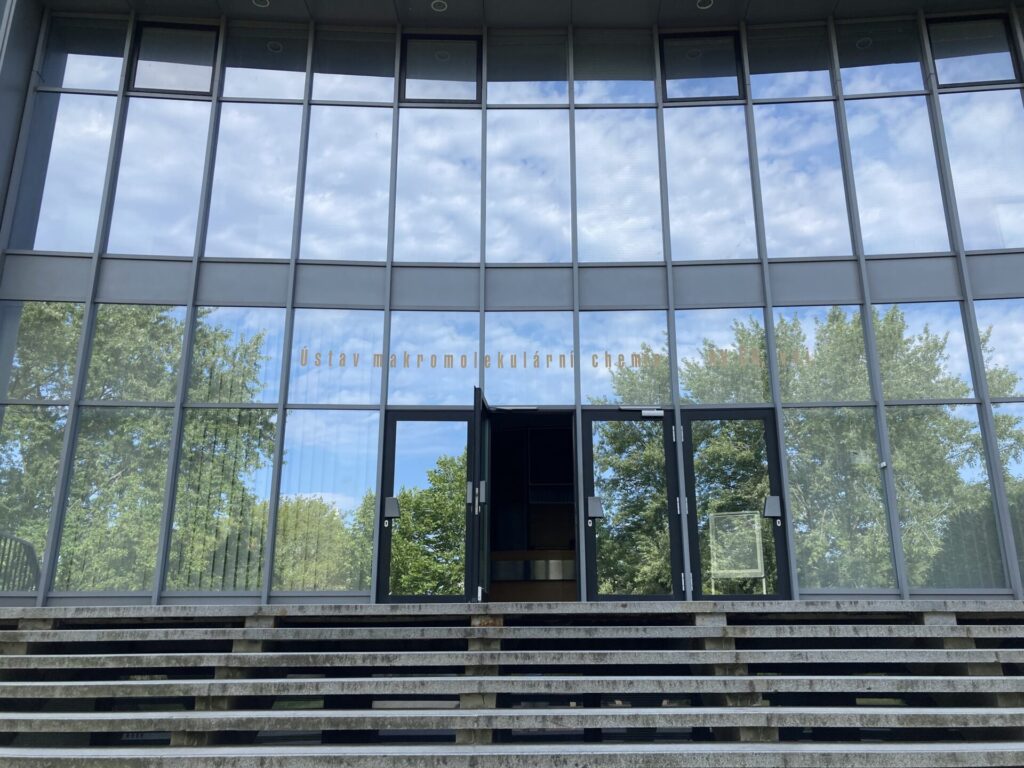The place is not precisely in the center of all the tourist routes, although it is only a few tram stops from the Prague Castle. But if you go to see the Hvězda (Star) Game Reserve, where the Battle of White Mountain took place, or if you go for a walk in Ladronka Park, you can walk down a few streets and look at the statue of a man who made life easier for a hundred million people around the world. On the statue is Otto Wichterle, one of the greatest geniuses of Czech and world science, the inventor of soft contact lenses.
Is K₂Cr₂O₇ to Blame?
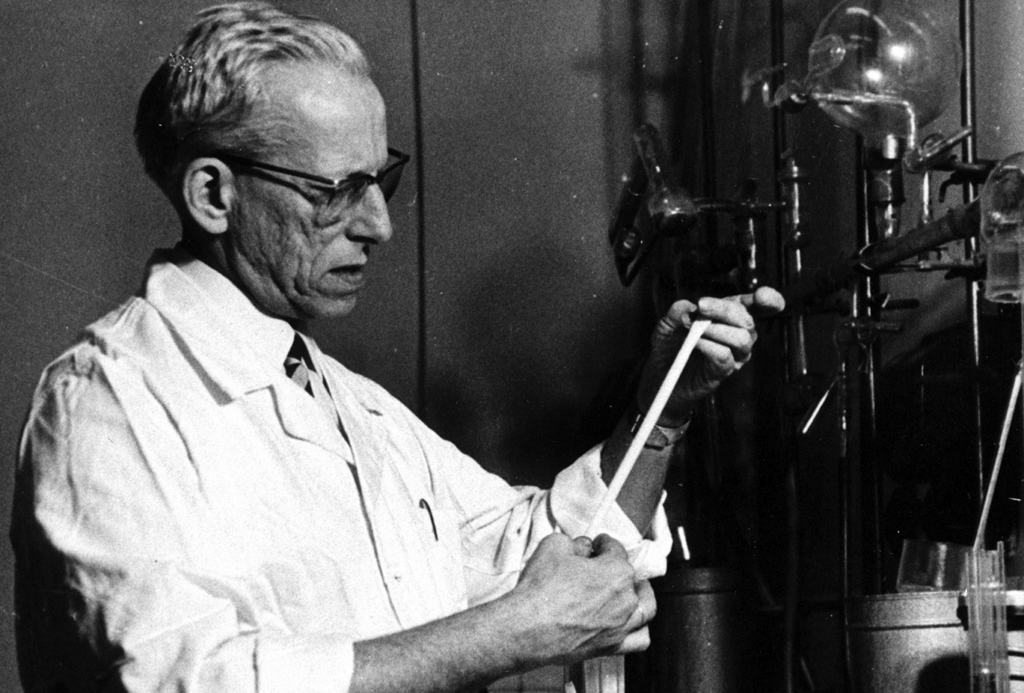
Otto Wichterle was born in 1913 in Prostějov, where his grandfather had an engineering company. He had originally wanted to study machine-building, but one day in his high school chemistry class, he realized he didn’t know the formula of potassium dichromate . Because he didn’t wish the Chemistry professor to have a bad opinion of him, he started to focus more on Chemistry. Chemistry fascinated him for the rest of his life, so after graduation, he did not hesitate and studied it at the University of Chemistry and Technology. (However, the family tradition of engineering was then restored by his grandson Martin Wichterle, owner of the Wikov company.)
The “Tree of Knowledge” and 150 Patents
The Wichterle statue stands in front of the Institute of Macromolecular Chemistry building, which Otto Wichterle founded and led as a pioneer in this field. The author of the sculpture is Michal Gabriel, who created it simply and comprehensibly. The two-meter bronze sculpture symbolizes the tree of knowledge. In the crown, you will find the numbers of Otto Wichterle’s patents inscribed.
The Evolution of Eye Lenses
The original idea of how to correct vision with liquid and glass was dealt with around 1500 by Leonardo da Vinci – that is why he is considered the author of the idea of vision correction using contact lenses. However, it took several centuries from the concept to the actual realization of the eye lens.
The eye lenses were originally made of glass – but wearing them was painful after a few hours. Another problem was that the lens covered the entire eye, losing air access. An important moment came in the 1930s when the American optometrist William Feinbloom replaced glass with a much lighter and more comfortable material, plastic.
A few years after that, it was again confirmed that fortune favors the brave. Californian optician Kevin Tuohy accidentally broke a glass lens, which inspired him to create the first lens that covered only the eye’s cornea.
Gel Contact Lenses for 100 Million People
The breakthrough in the development of contact lenses came with the invention of a new polymer (HEMA) and soft gel lenses. And even here, chance or oversight worked at one stage of development. Otto Wichterle and his best student Drahoslav Lím, wanted to prepare a hydrophilic gel that would absorb up to 40% of water, have suitable mechanical properties, and be transparent. A moldable polymer that would not mind the moist environment of the eye.
Drahoslav Lím was in a hurry to catch a train one day, and the mixture turned into a soft transparent substance in water overnight – the first hydrophilic contact lens material was born. However, there was a big problem in the production of the lenses – after pouring the gel into molds, when the mold was opened, the material tore, and the lens had irregular edges.
Children’s Kit Merkur and Gel Contact Lenses
At Christmas 1961, Otto Wichterle built the first prototype of the device for casting eye lenses from the Merkur children’s kit: “The day before Christmas Eve, I built a new prototype casting device from this kit at home, in where I used a dynamo from our son’s bicycle as a drive. When the dynamo was connected to the transformer, it worked like a motor with an exact speed according to the frequency of the alternating electricity. I brought monomers and catalysts from the laboratory at the university, as well as a two-liter pressure cylinder, which was originally in an oxygen device originally from the Luftwaffe. I flushed the bottle and pressurized it with argon to supply neutral shielding gas at home. On Christmas Eve afternoon, I cast the first four lenses.”
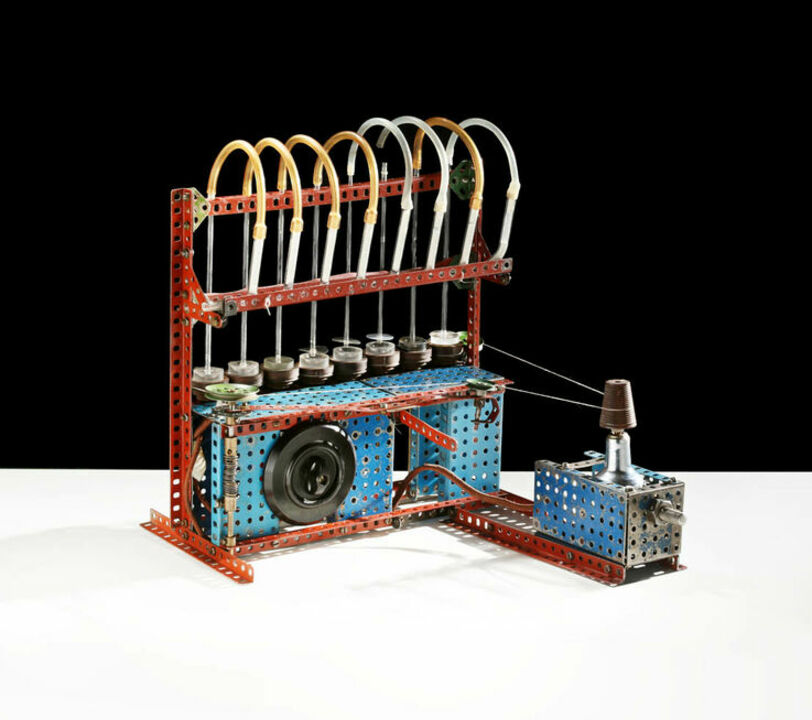
Otto Wichterle cast the lenses in rotating glass hemispherical molds. The result was soft hydrophilic contact lenses with exact edges. He later used a better motor from a gramophone, and he and his wife made 5,500 lenses in four months. The improvement of life for a hundred million people had begun.
No need to be afraid of big words – Otto Wichterle was a brilliant chemist. He was interested in science and research until the end of his life, and even at a very advanced age, he invented an anti-graffiti gel because he was upset by drawings in the subway while visiting Prague.
In 1991, the University of Illinois in Chicago and the Polytechnic Institute of New York University awarded him an honorary doctorate; two years later, it was also awarded to him by Prague’s Charles University (Wichterle’s alma mater, the University of Chemical Technology, is an independent university, not part of Charles University).
In 1993, one of the planets in our Solar System was named Wichterle.













